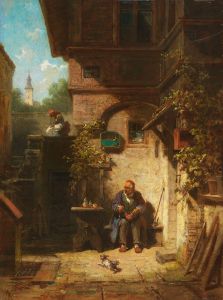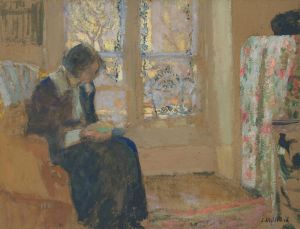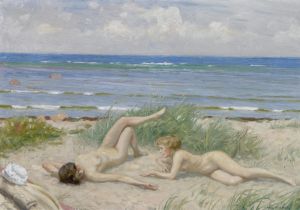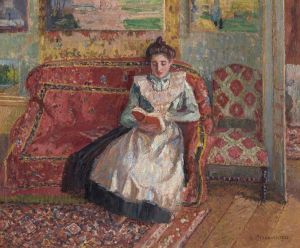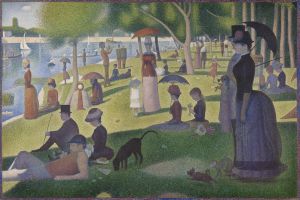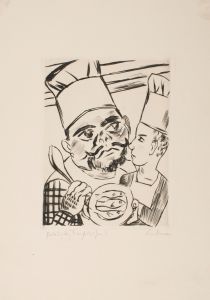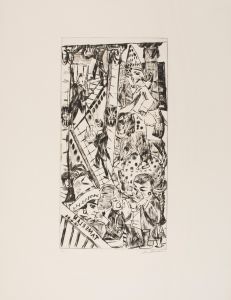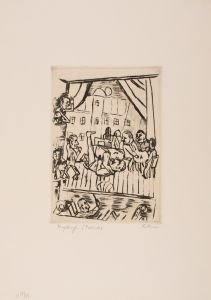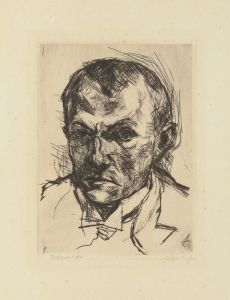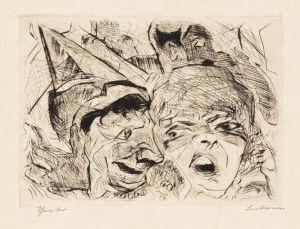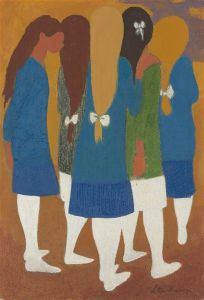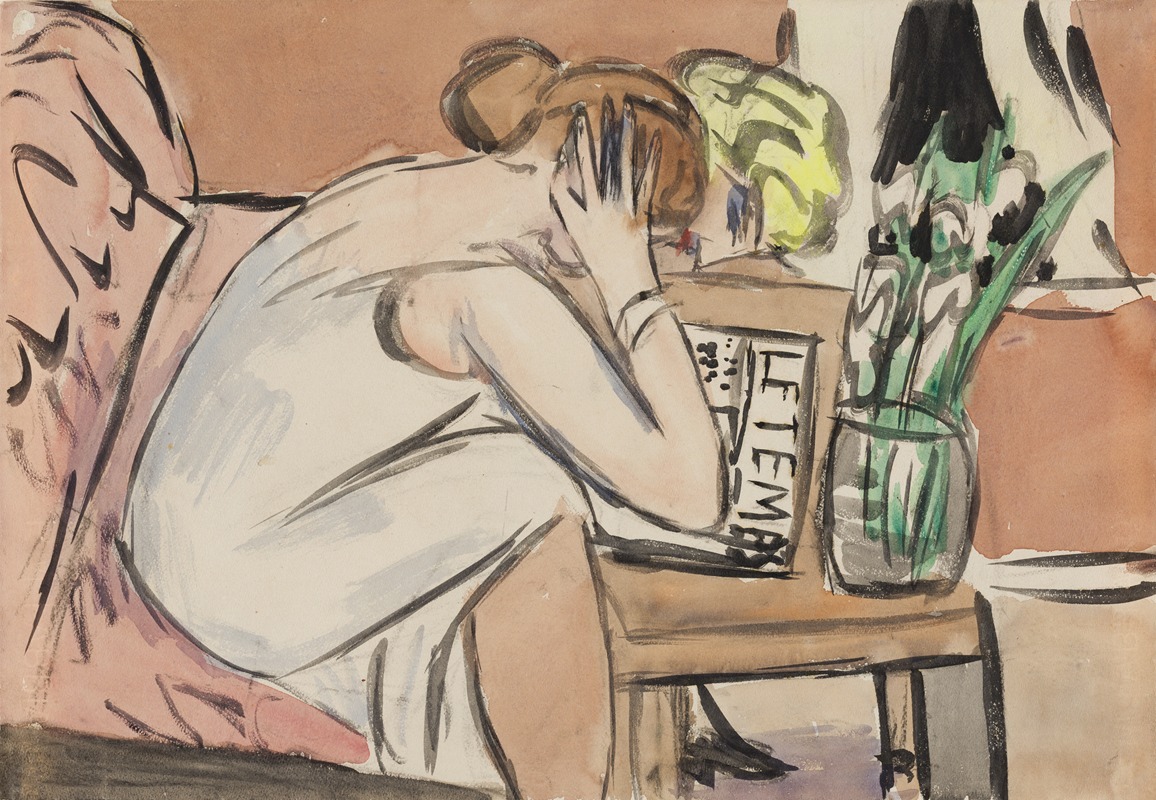
o.T.
A hand-painted replica of Max Beckmann’s masterpiece o.T., meticulously crafted by professional artists to capture the true essence of the original. Each piece is created with museum-quality canvas and rare mineral pigments, carefully painted by experienced artists with delicate brushstrokes and rich, layered colors to perfectly recreate the texture of the original artwork. Unlike machine-printed reproductions, this hand-painted version brings the painting to life, infused with the artist’s emotions and skill in every stroke. Whether for personal collection or home decoration, it instantly elevates the artistic atmosphere of any space.
Max Beckmann was a prominent German painter, draftsman, printmaker, and sculptor associated with the New Objectivity movement, which emerged in Germany in the aftermath of World War I. His work is characterized by a distinctive style that combines elements of expressionism and realism, often exploring themes of existential angst, the human condition, and the complexities of modern life. Beckmann's oeuvre includes a wide range of subjects, from portraits and self-portraits to allegorical and mythological scenes.
One of Beckmann's notable works is "o.T." which stands for "ohne Titel," meaning "untitled" in German. This designation is often used for works that the artist did not provide a specific title for, leaving the interpretation open to the viewer. Beckmann's untitled works, like many of his paintings, are marked by their bold use of color, dynamic compositions, and a deep engagement with the psychological and emotional states of his subjects.
Beckmann was born in Leipzig, Germany, in 1884 and showed an early interest in art. He studied at the Weimar Academy of Art and quickly gained recognition for his talent. His early work was influenced by Impressionism, but he soon developed a more personal style that reflected the tumultuous times in which he lived. The horrors of World War I, in which Beckmann served as a medical orderly, had a profound impact on his art, leading him to explore darker themes and more complex compositions.
Throughout the 1920s and 1930s, Beckmann's work gained international acclaim, and he held numerous exhibitions across Europe. However, the rise of the Nazi regime in Germany posed significant challenges for him. The Nazis condemned modern art, labeling it "degenerate," and Beckmann's work was included in the infamous Degenerate Art Exhibition in 1937. In response to the oppressive political climate, Beckmann left Germany and spent the next decade in exile, living in Amsterdam and later moving to the United States.
In the United States, Beckmann continued to create art and teach, holding positions at institutions such as Washington University in St. Louis and the Brooklyn Museum Art School. His work during this period maintained the intensity and complexity that characterized his earlier pieces, often reflecting his experiences of displacement and his observations of American society.
Beckmann's contribution to modern art is significant, and his works are held in major collections worldwide, including the Museum of Modern Art in New York, the Tate Gallery in London, and the Städel Museum in Frankfurt. His paintings, including those that are untitled, continue to be studied and appreciated for their technical mastery and their profound exploration of the human experience.
Max Beckmann passed away in 1950 in New York City, leaving behind a legacy that continues to influence artists and captivate audiences. His untitled works, like "o.T.," remain an integral part of his artistic narrative, inviting viewers to engage with the emotional depth and complexity that define his art.





